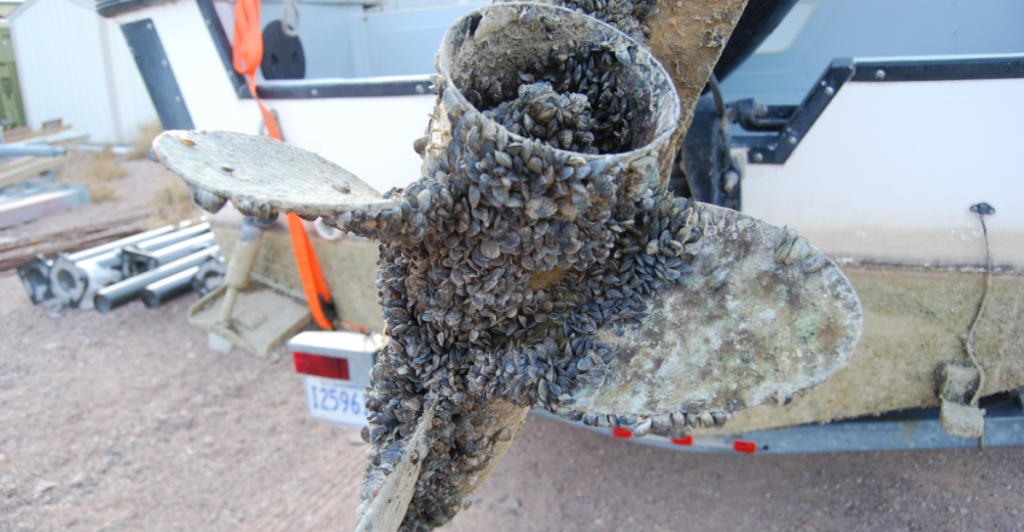
Lake Nasworthy, with its sparkling waters and sunny shores, seems like the perfect Texas getaway. But beneath the calm surface, an invasion is quietly unfolding.
And it isn’t dramatic or obvious… at least not yet. But the signs are there if you know what to look for: a few larvae here, a single shell there. Wildlife officials are growing increasingly concerned, warning boaters that something small but mighty is threatening the future of this lake —and 37 others like it.
The culprit is clinging on tight, spreading westward across the state, and leaving a trail of damage in its wake. It’s a mollusk, but not the kind you’d find in seafood gumbo. This is one invader that isn’t going away any time soon.
Meet the Zebra Mussel—Texas’ Newest Problem
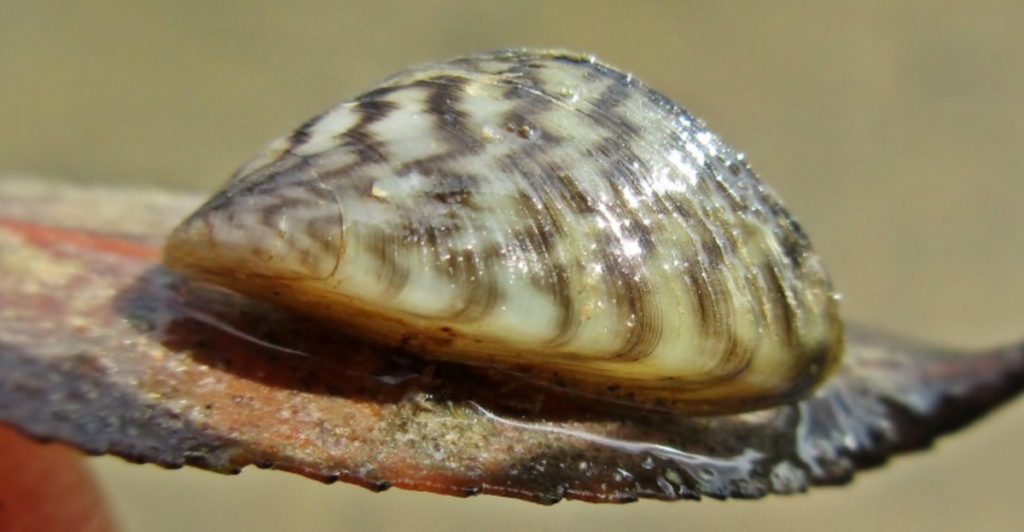
Zebra mussels may look harmless — tiny, striped, and about the size of a pinky nail, but they’re anything but innocent. Native to the waters of Eastern Europe and Russia, these freshwater mollusks first arrived in the United States via ballast water from ships in the 1980s.
Since then, they’ve made their way south, spreading from lake to lake like an uninvited guest who never leaves. What makes them such an issue is their ability to attach to nearly any hard surface.
Once established, they reproduce rapidly and dominate local ecosystems. Texas has been battling zebra mussels for years, but the recent discovery at Lake Nasworthy proves they’re still gaining ground—and heading west fast.
Why Lake Nasworthy?
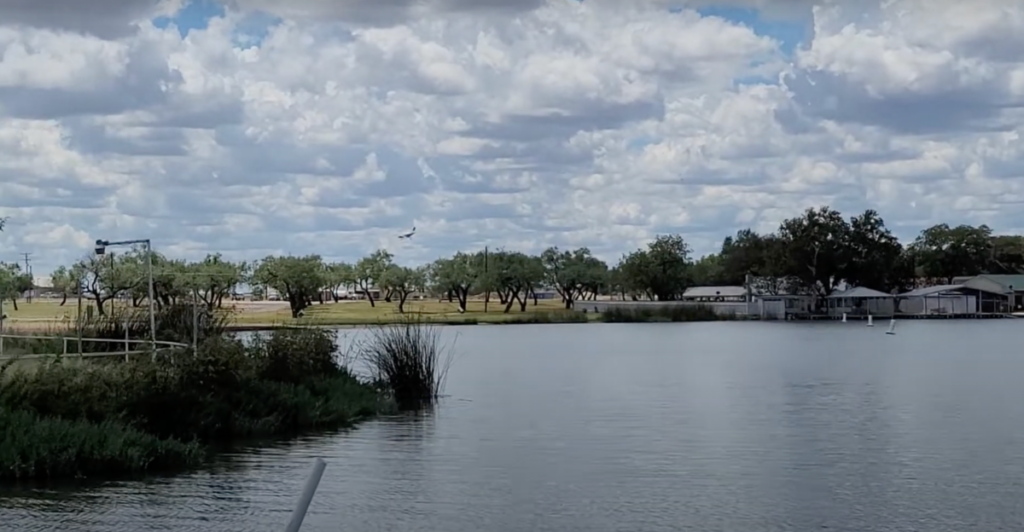
Lake Nasworthy isn’t a name that usually comes up in discussions about ecological emergencies. Located just ten miles south of San Angelo, it’s been a quiet spot —until now.
In late 2024, biologists with the Texas Parks and Wildlife Department (TPWD) took routine plankton samples and spotted zebra mussel larvae. That discovery alone was enough to raise alarms, but the situation escalated quickly. Live zebra mussels were soon found clinging to structures near a bridge and the lake’s eastern dam.
Now it’s official: Lake Nasworthy is infested. And that means it could become a launch point for the species to reach even more lakes that were previously considered safe.
Hitchhikers on the Hull
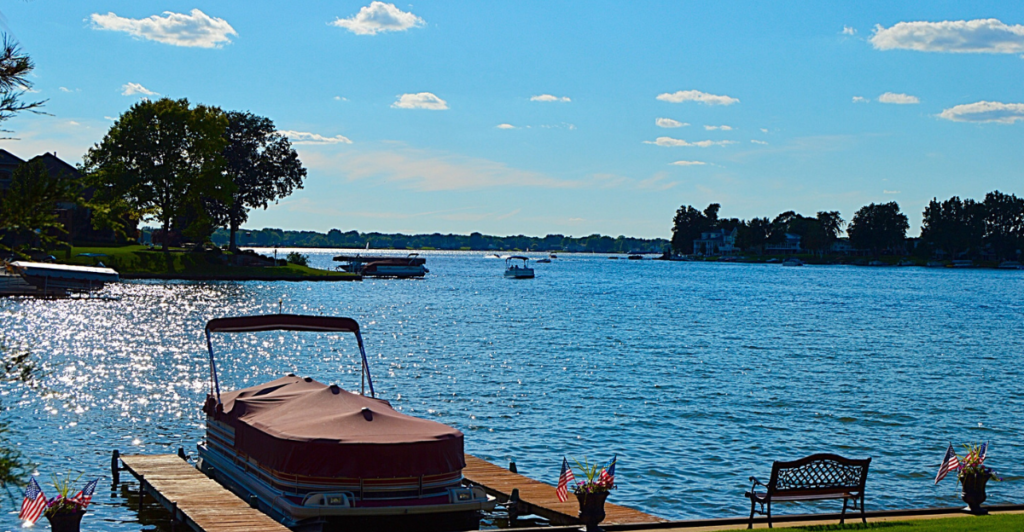
Zebra mussels don’t swim from lake to lake on their own. Instead, they get a little human help, specifically from boaters. These crafty mollusks can survive out of water for several days, hiding inside motor compartments, wedged into trailer crevices, or stuck to hulls.
One careless trip from one lake to another can be all it takes to start an entirely new infestation. TPWD has been ramping up its education efforts, urging boaters to thoroughly clean their vessels after each use.
What looks like a harmless smudge or drip of water could be teeming with microscopic veligers, zebra mussel larvae waiting for a new home.
The Cost of Clinging Creatures
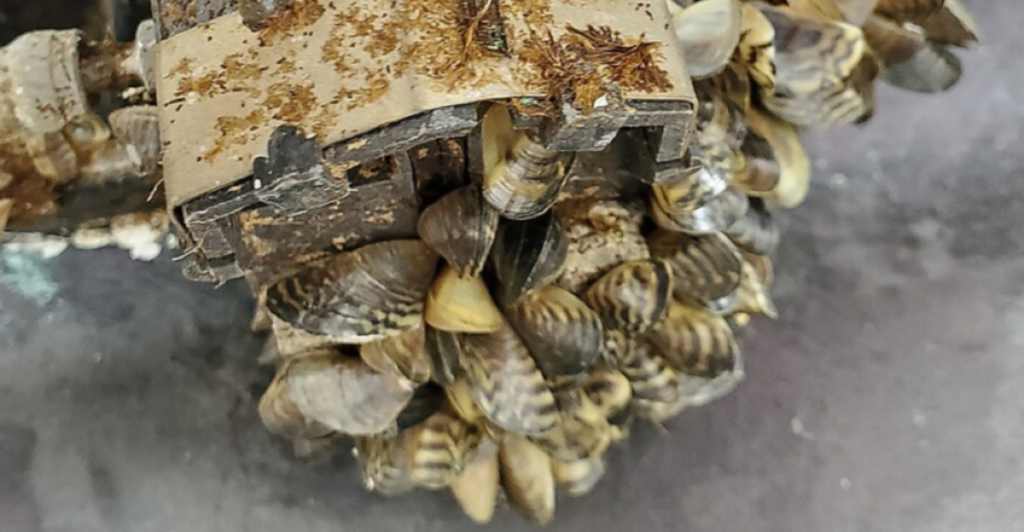
Dealing with zebra mussels isn’t just an environmental issue — it’s a financial headache. For boaters, mussels can clog engines and cooling systems, leading to thousands of dollars in repair costs. For cities and industries, the stakes are even higher.
These mollusks clog water intake pipes, reduce flow rates, and force costly shutdowns and cleanings. Waterfront homeowners discover sharp shells littering their beaches, making once-pristine shorelines unwalkable.
Across the U.S., the economic damage from zebra mussels is estimated to be in the billions annually. In Texas alone, controlling and managing their spread has already become a multimillion-dollar effort—and the bill continues to increase.
It’s Illegal to Spread Them—Literally

It’s not just frowned upon to move zebra mussels around Texas: it’s illegal. The law requires boaters to drain all water from their vessels and trailers before leaving a lake.
That includes live wells, motors, and any compartments that could hold moisture. Anyone caught transporting invasive species like zebra mussels can face fines of up to $500. But more than the penalty, the law exists to stop a preventable problem.
TPWD officers frequently conduct spot checks, and while most violations stem from ignorance rather than intent; the damage is the same. The message is clear: if you love Texas lakes, don’t give zebra mussels a free ride.
A Spreading Threat
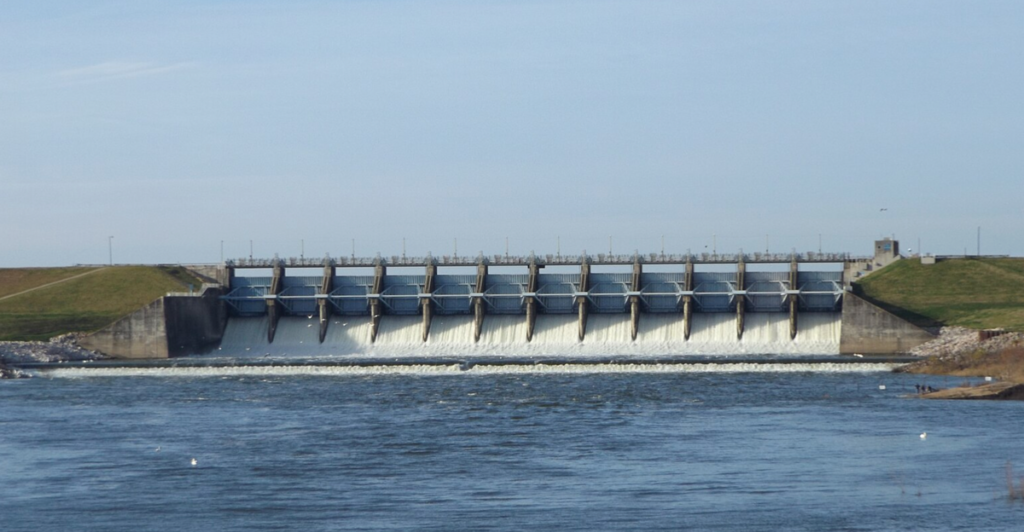
Lake Nasworthy’s infestation is part of a troubling pattern. Zebra mussels have now taken hold in 38 Texas lakes, and they’re steadily moving westward.
Until recently, most infestations were concentrated in the north and east, but the last few years have seen a clear westward march. Nearby Lake Livingston has also reported sightings, confirming that zebra mussels aren’t just a regional problem: they’re statewide. What worries scientists is the rate of spread.
Once established, a single lake can serve as a springboard to dozens of others. And once these mussels take hold, there’s no reliable method for getting rid of them.
Ecosystem Disruptors
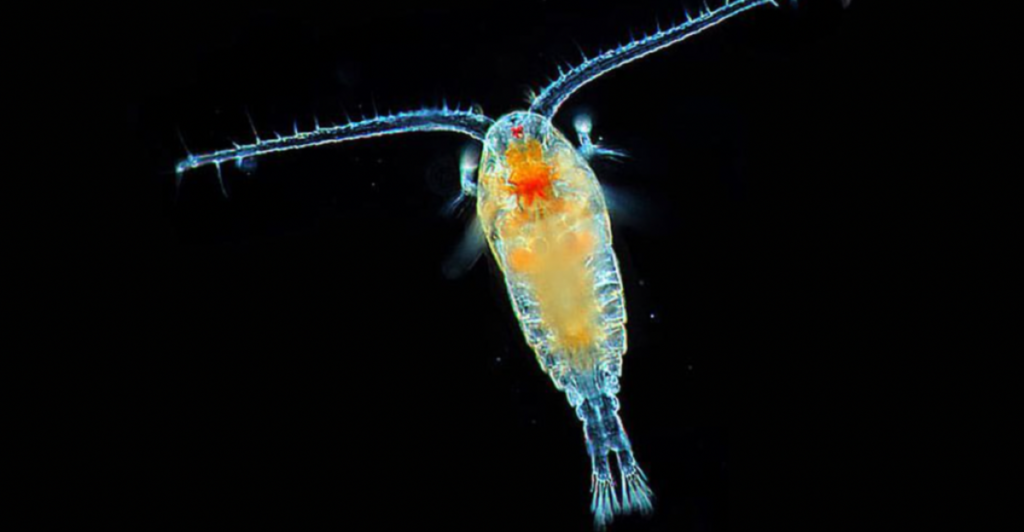
The zebra mussel problem goes far beyond boats and pipes. For one, these invaders remake entire aquatic ecosystems. By way of feeding, they are actually filtering plankton from the water — plankton that native mussels and fish rely on.
Dominant, the zebra mussels disrupt food chains, decimate native species, and change the chemistry of the water. In a few cases, they have even been linked to spikes in toxic algae blooms.
On land, their pointed shells wash up in heaps along the beach, a threat to human and wildlife inhabitants. These aren’t just an everyday nuisance — they are environmental bulldozers changing the face and health of lakes across this region.
How You Can Help
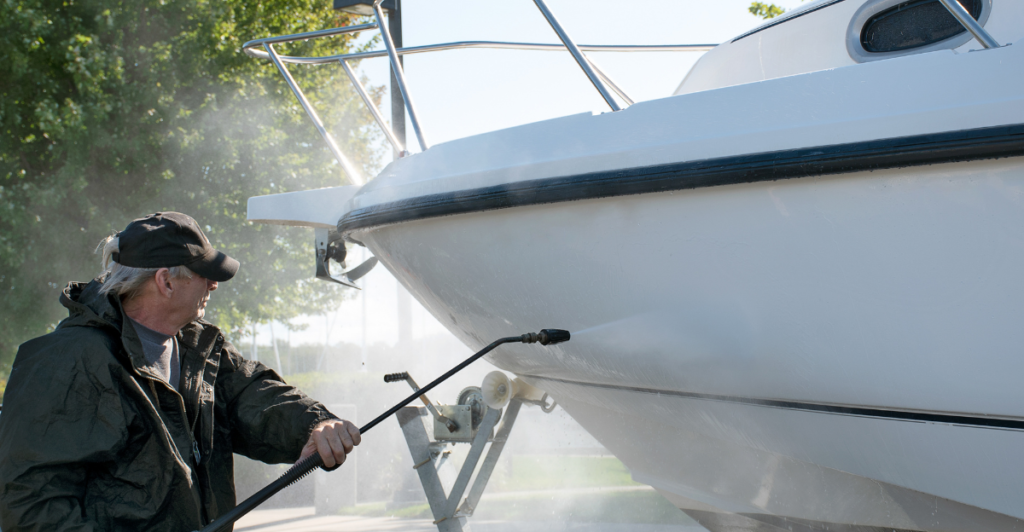
The good news is that this invasion isn’t unstoppable. Every person who uses Texas lakes has a role to play. TPWD encourages boaters and paddlers to clean all surfaces of their watercraft thoroughly, removing any visible debris or plant material. All water should be drained before leaving a lake, including anything that might hide moisture, like coolers or storage compartments.
Once home, boats and gear should be allowed to dry completely, ideally for at least a week, before entering another body of water. These steps may seem small, but collectively, they can make a real difference in slowing zebra mussel spread.
What Lies Ahead
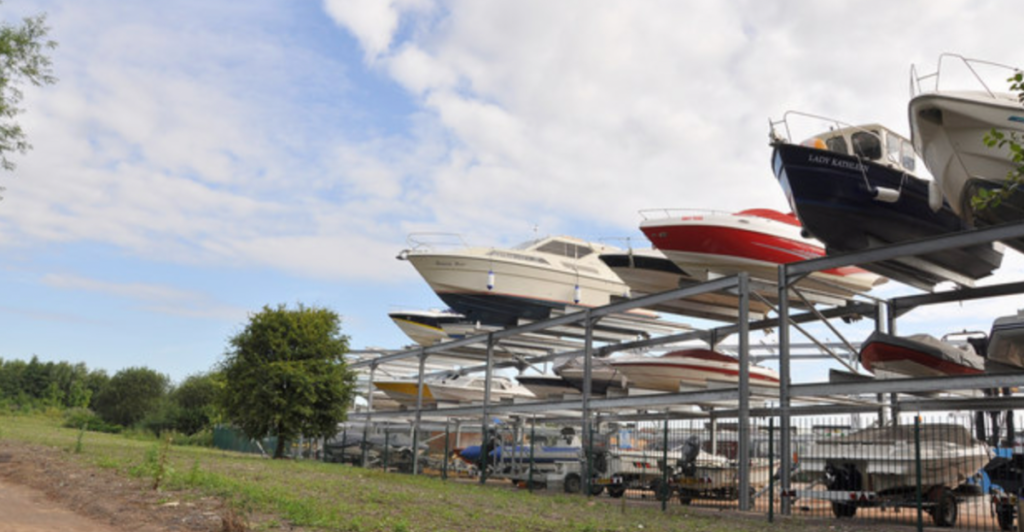
Zebra mussels in Lake Nasworthy represent more than a local concern: they’re a preview of what could come if action isn’t taken. Their spread across Texas has been steady, silent, and expensive.
But it’s not too late to protect other lakes and slow the march of this invasive species. With consistent effort, informed boaters, and continued monitoring by TPWD, Texas still has a fighting chance.
It all starts with awareness — and a decision. Because every time a boat enters or leaves the water, a decision is made. And what sticks to that boat could change the future of Texas lakes forever.
Explore more of our trending stories and hit Follow to keep them coming to your feed!

Don’t miss out on more stories like this! Hit the Follow button at the top of this article to stay updated with the latest news. Share your thoughts in the comments—we’d love to hear from you!







